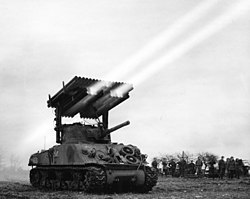This article includes a list of references, related reading, or external links, but its sources remain unclear because it lacks inline citations .(January 2012) |

This is a list of U.S. Army rocket launchers by model number. Launchers can be either tube-type or rail-type.

